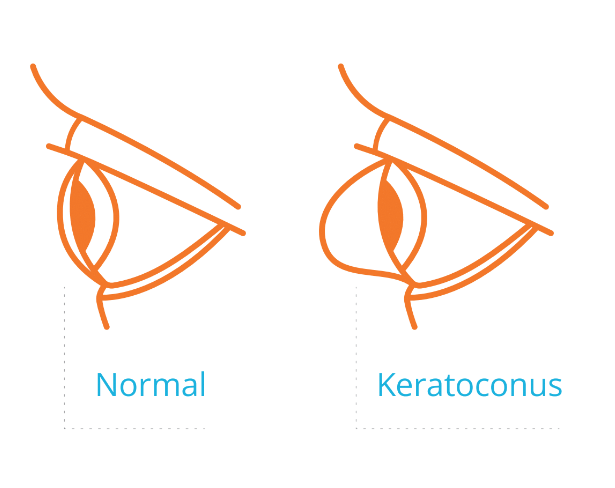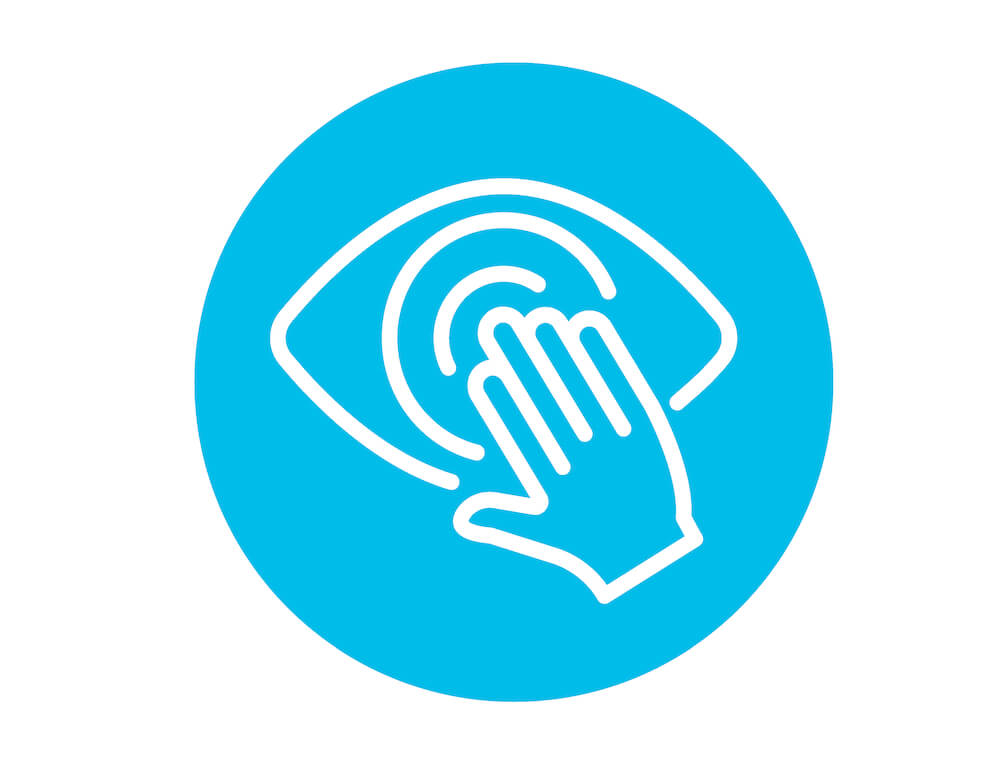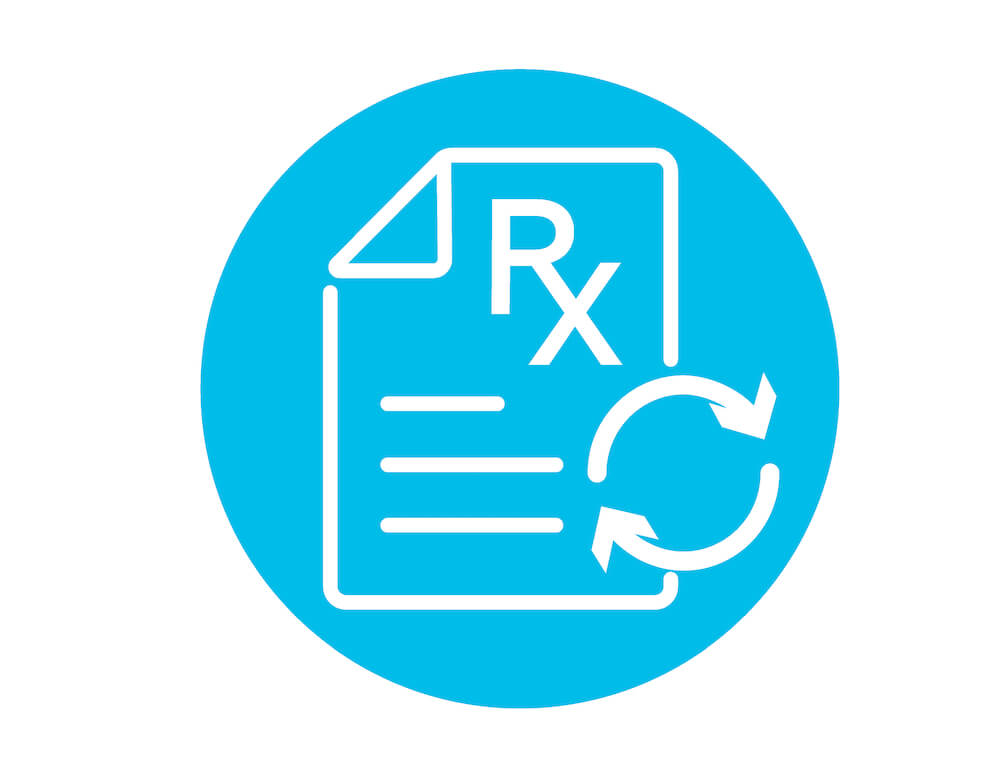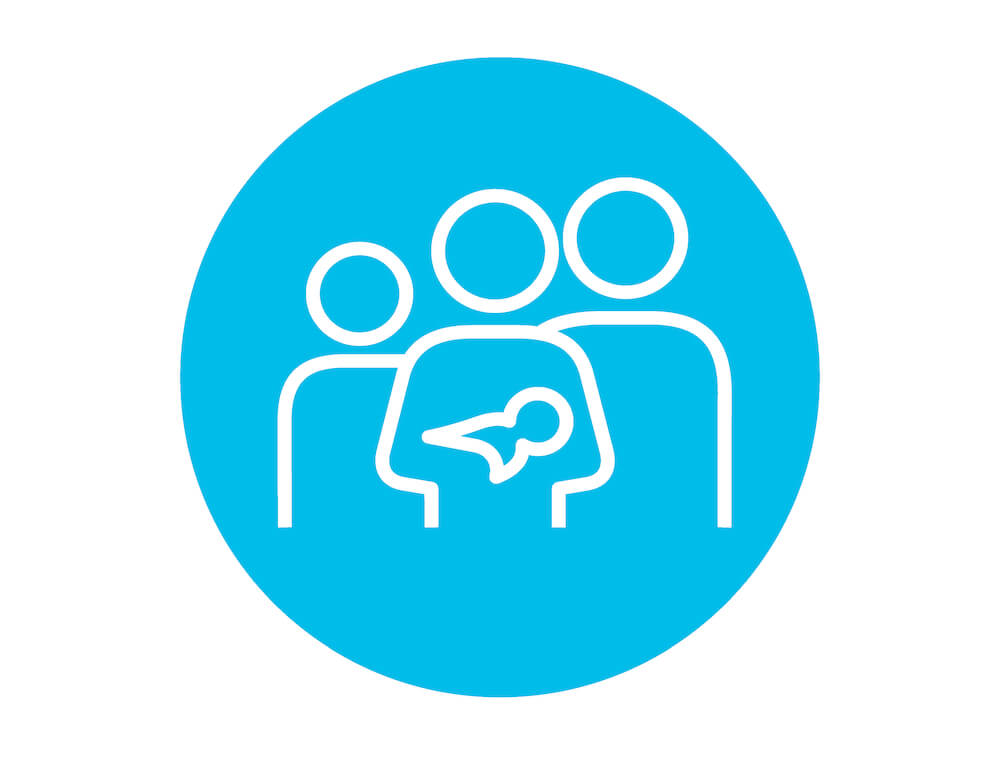Keratoconus

This disease–a progressive thinning of the cornea–is the most common corneal dystrophy in the U.S., Keratoconus typically first appears in individuals who are in their late teens or early twenties, but it can affect older adults too. Keratoconus arises when the cornea thins and gradually bulges outward, forming a rounded cone shape. This abnormal curvature changes the cornea’s refractive power, producing moderate to severe distortion (astigmatism) and blurriness (nearsightedness) of vision.
What Causes Keratoconus?
Studies indicate that keratoconus stems from several possible causes:
Keratoconus affects both eyes, although each eye may be affected differently. At first, people can correct their vision with eyeglasses. But as astigmatism worsens, they must rely on specially fitted contact lenses to reduce the distortion and correct vision. Although finding a comfortable contact lens can be an extremely frustrating and difficult process, it is crucial because a poorly fitting lens could further damage the cornea and make wearing a contact lens intolerable.
If left untreated, keratoconus may progress to the point where eyeglasses or contact lenses can no longer correct vision, and a cornea transplant is needed. Fortunately, with advancing technology, there are new treatment methods that can help stop the progression of keratoconus. Early diagnosis and treatment are key to preventing keratoconus from progressing.
In most cases, the cornea will stabilize after a few years without ever causing severe vision problems. But in about 10 to 20 percent of people with keratoconus, the cornea will eventually become too scarred or will not tolerate a contact lens. If either of these problems occurs, a corneal transplant may be needed. This operation is successful in more than 90 percent of those with advanced keratoconus. Several studies have also reported that 80 percent or more of these patients have 20/40 vision or better after the operation.
Who’s Affected by Keratoconus?
Keratoconus typically affects males and females alike, but some studies have shown a higher rate in males. The disease is also found in all ethnic groups with some studies showing higher incidence rates among Asian, black, and Hispanic populations.
What Are the Symptoms of Keratoconus?
Signs and symptoms of keratoconus can include:
Excessive eye rubbing icon Difficulty seeing at night Frequent headaches Frequent prescription changes Family history of KC





